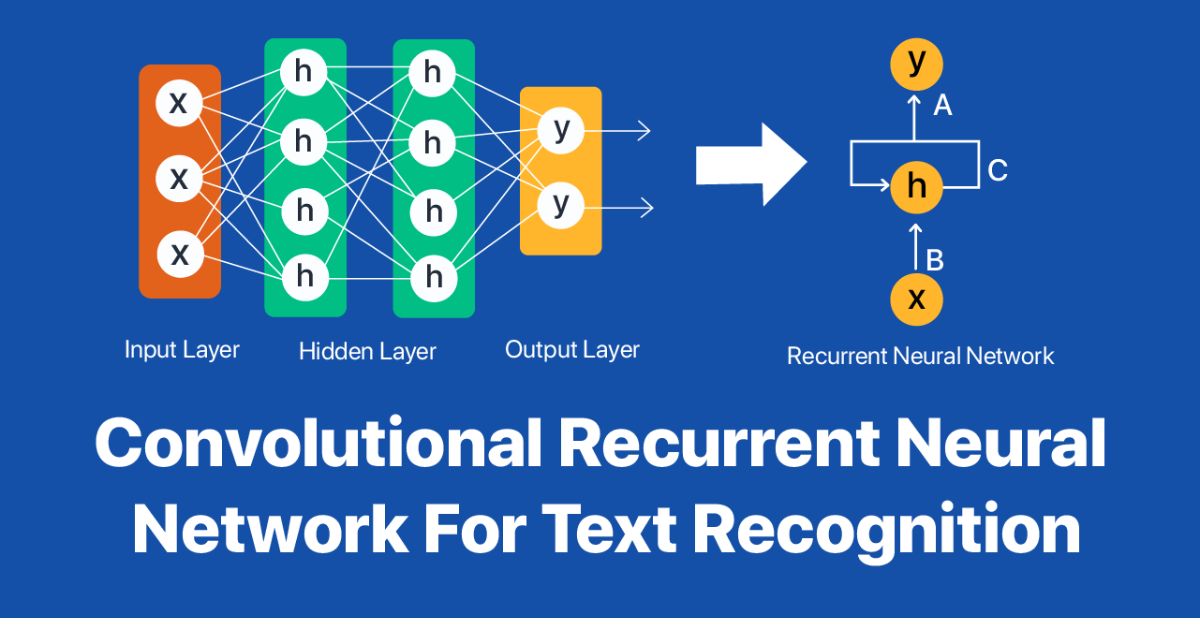The Science Behind AI-Based Image Compression and Quality Retention
October 24, 2025 · 5 min read • #AI#image compression#machine learning#WebP#AVIF#image optimization#Core Web Vitals
In 2025, AI-based image compression represents one of the biggest leaps forward in digital performance technology.
Using deep learning, perceptual modeling, and advanced algorithms, AI can now shrink file sizes dramatically — while keeping every pixel sharp and clear.
🌐 Why AI Image Compression Matters More Than Ever
Images make up more than half of a website’s total loading weight.
As web performance, SEO, and user experience become top priorities, businesses are embracing AI-powered compression to achieve speed without compromise.
Benefits include:
- Faster website loading
- Improved Core Web Vitals (LCP, INP, CLS)
- Reduced bandwidth and hosting costs
- Higher engagement and conversions
Related: Why Image Compression Is Essential for SEO and Website Speed
🧠 The Science Behind AI Compression
Traditional compression relies on fixed formulas like Discrete Cosine Transform (DCT) and quantization.
AI-based compression, however, uses neural networks that learn how humans see — identifying what details are important to preserve.
Let’s break it down:
1. Perceptual Modeling
AI analyzes millions of images to learn what the human eye notices most — edges, faces, text, and textures.
Instead of compressing all areas equally, it reduces less visible data while keeping key visual features crisp and vibrant.
This is why an AI-compressed image looks virtually identical to the original, even at 80–90% smaller size.
2. Neural Prediction and Reconstruction
When compressing, neural networks don’t just remove data — they predict how to rebuild it later.
This predictive encoding allows for:
- Smaller file sizes
- Accurate reconstructions
- Dynamic quality control
During decompression, AI re-creates the original image from the encoded data, filling in missing details intelligently.
Related: AI Compression Algorithms Explained: Smaller Files, Smarter Tech
3. Semantic Understanding
AI models use computer vision to identify image elements — people, sky, text, background — and apply customized compression levels for each.
For example:
- Keep facial details high-quality
- Slightly compress background textures
- Optimize color gradients smoothly
This context-aware approach ensures clarity where it counts most.
4. Perceptual Quality Metrics
AI compression doesn’t rely solely on file size; it’s guided by perceptual metrics like:
- SSIM (Structural Similarity Index) — measures how similar compressed images are to originals
- PSNR (Peak Signal-to-Noise Ratio) — quantifies quality fidelity
- LPIPS (Learned Perceptual Image Patch Similarity) — aligns with human visual judgment
These advanced benchmarks let AI optimize for what looks good, not just what mathematically compresses best.
5. End-to-End Neural Compression
State-of-the-art models like Google’s DeepMind Perceptual Compression and Meta’s AI Codec Avatars show how deep learning can outperform decades of manual engineering.
Instead of relying on static compression tables, AI builds learned representations of the visual world.
Related: How AI Can Reduce Image File Sizes While Preserving Clarity
⚙️ The Role of Modern Formats
Modern image formats like WebP, AVIF, and JPEG XL were designed to leverage these AI techniques:
| Format | Avg. Size Reduction | Ideal Use Case | AI Compatibility |
|---|---|---|---|
| WebP | 30–40% | General web images | ✅ Excellent |
| AVIF | 50–70% | High-res, detailed visuals | ✅ Superior |
| JPEG XL | 40–60% | Archival & pro-quality media | ✅ Emerging |
These formats ensure top-tier quality retention and compression ratios optimized for next-gen browsers.
Related: JPEG, PNG, or WebP? Which Format Works Best After Compression?
🚀 The Real-World Impact
AI-based image compression isn’t just technical — it’s strategic.
Benefits for Developers:
- Faster site speeds and better SEO
- Lower storage and CDN costs
Benefits for Designers:
- Consistent brand visuals
- No visible degradation after export
Benefits for Users:
- Instant page loading
- Crisp images on any device
Together, these improvements create a seamless visual and performance experience across all digital platforms.
🔒 Privacy-First Compression with AI
Our AI Image Compressor Tool uses client-side AI, meaning:
- No server uploads
- 100% browser-based processing
- GDPR-compliant and privacy-safe
You get lightning-fast compression — with total data control.
💡 Final Thoughts
AI-based image compression represents the perfect union of science and creativity.
By merging neural prediction, perceptual understanding, and modern file formats, it delivers smaller files, faster load times, and pristine visuals.
As technology evolves, compression will continue to move beyond efficiency — toward intelligence and personalization.
Related: Best Practices for Optimizing Images for Faster Website Loading
🧰 Try It Yourself
Experience AI compression in action:
- AI Image Compressor Tool — Shrink image sizes instantly with neural precision
- AI Image-to-Text Tool — Extract editable text from images with AI OCR
- AI Background Remover — Simplify images for better compression and clarity
All tools run locally, offering unmatched performance and privacy.
Enjoyed this post? React below 👇
Related Posts
 Tools Effectively.jpg)
How to Use OCR (Optical Character Recognition) Tools Effectively
Learn how OCR (Optical Character Recognition) works, what it can do for you, and how to use it effectively with our free browser-based OCR Tool to extract text from images instantly.

AI Compression Algorithms Explained: Smaller Files, Smarter Tech
Explore how AI compression algorithms are transforming data storage, image optimization, and network performance in 2025 — delivering smaller files, faster speeds, and smarter efficiency for the digital world.

AI vs Traditional Algorithms: Who Wins in Image Optimization?
Explore the differences between AI-based and traditional image optimization methods. Learn how deep learning, neural compression, and smart encoding outperform legacy algorithms like JPEG and PNG in 2025.
Frequently Asked Questions
What makes AI-based image compression different from traditional methods?
Unlike traditional mathematical compression, AI-based methods use neural networks trained to recognize and preserve visual features that matter most to human perception.
How does AI preserve image quality during compression?
AI models use perceptual analysis to identify important textures, edges, and color details, discarding only data that the human eye cannot detect — maintaining quality while reducing size.
What role do neural networks play in image compression?
Neural networks learn complex patterns in images and predict how to reconstruct them efficiently, enabling smaller file sizes without noticeable degradation.
Which formats benefit most from AI compression?
Formats like WebP, AVIF, and JPEG XL are optimized for AI compression, offering significant file reductions and improved visual clarity compared to legacy formats like JPEG and PNG.
Where can I use AI-based image compression?
You can use our [AI Image Compressor Tool](/image-compressor) to compress and optimize your images locally in your browser with cutting-edge AI algorithms.